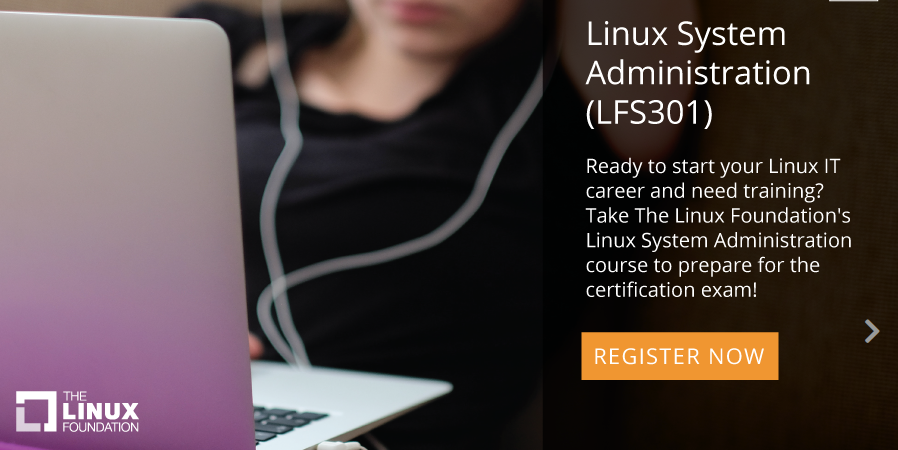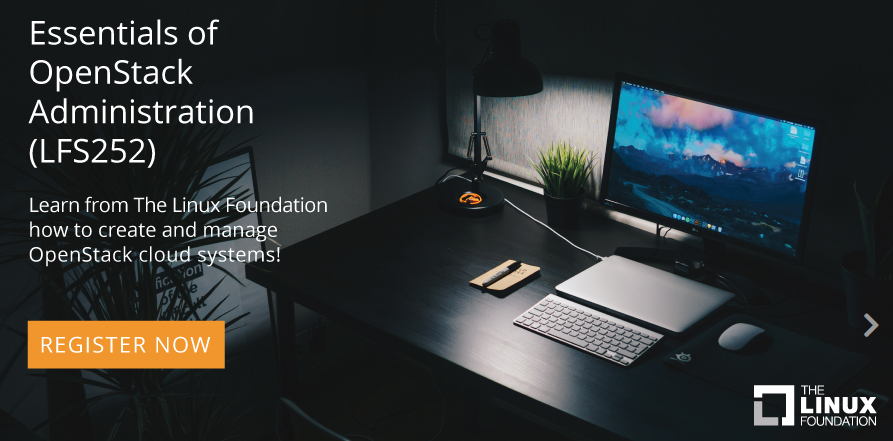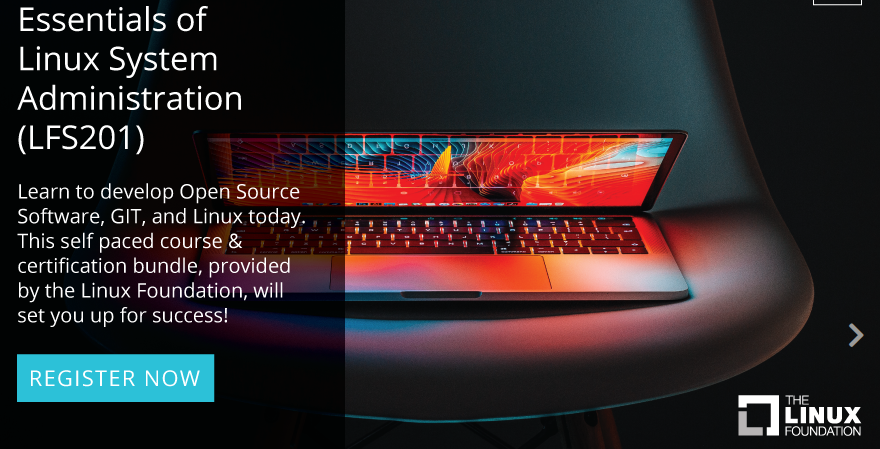More than 30 members join new Ceph Foundation to manage the massive growth in data and information generated from cloud, container and AI applications
CEPH DAY BERLIN – Nov. 12, 2018 – The Linux Foundation, the nonprofit organization enabling mass innovation through open source, today announces over 30 global technology leaders are forming a new foundation to support the Ceph open source project community. The Ceph project develops a unified distributed storage system providing applications with object, block, and file system interfaces.
Founding Premier members of Ceph Foundation include Amihan, Canonical, China Mobile, DigitalOcean, Intel, OVH, ProphetStor Data Services, Red Hat, SoftIron, SUSE, Western Digital, XSKY Data Technology, and ZTE. The Ceph Foundation will organize and distribute financial contributions in a coordinated, vendor-neutral fashion for immediate community benefit. This will help galvanize rapid adoption, training and in-person collaboration across the Ceph ecosystem.
“Ceph has a long track record of success when it comes to helping organizations with effectively managing high growth and expanding data storage demands,” said Jim Zemlin, Executive Director of the Linux Foundation. “Under the Linux Foundation, the Ceph Foundation will be able to harness investments from a much broader group to help support the infrastructure needed to continue the success and stability of the Ceph ecosystem.”
Ceph is used by cloud providers and enterprises around the world, including financial institutions (Bloomberg, Fidelity), cloud service providers (Rackspace, Linode), academic and government institutions (Massachusetts Open Cloud), telecommunications infrastructure providers (Deutsche Telekom), auto manufacturers (BMW), software solution providers (SAP, Salesforce), and many more.
Ceph is also used by Rook, a Cloud Native Computing Foundation project that brings seamless provisioning of file, block and object storage services into the Kubernetes environment, running the Ceph storage infrastructure in containers alongside applications that are consuming that storage.
Efficient, agile, and massively scalable, Ceph significantly lowers the cost of storing enterprise information in the private cloud and provides high availability to any object, file, and block data. Unstructured data makes up 80% and more of enterprise data, is growing at the rate of 55% to 65% per year, and is common with rich-media, predictive analytics, sensors, social networks, and satellite imagery.[1] Block and file storage are critical to any IT infrastructure organization and are important components of infrastructure platforms like OpenStack and Kubernetes. According to recent user surveys, roughly two-thirds of OpenStack clouds use Ceph block storage.
The growth of new cloud, container and artificial intelligence/machine learning applications are driving increased use of Ceph. For example, Ceph combined with analytics and machine learning enables enterprises to comb through mass amounts of unstructured data to quickly spot patterns with customer behavior, online customer conversations and potential noncompliance scenarios.
The Ceph Foundation is the successor framework to the Ceph Advisory Board, which was formed in 2015. Get involved in the Ceph community at https://ceph.com/get-involved/ or learn more about membership at https://ceph.com/foundation.
Project Creator and Leadership Quotes
“A guiding vision for Ceph is to be the state of the art for reliable, scale-out storage, and to do so with 100% open source,” said Sage Weil, Ceph co-creator, project leader, and chief architect at Red Hat for Ceph. “While early public cloud providers popularized self-service storage infrastructure, Ceph brings the same set of capabilities to service providers, enterprises, and individuals alike, with the power of a robust development and user community to drive future innovation in the storage space. Today’s launch of the Ceph Foundation is a testament to the strength of a diverse open source community coming together to address the explosive growth in data storage and services.”
“Ceph was designed and built for scalability, initially with supercomputers and later with cloud infrastructure in mind. A key design premise was that the storage system needs to provide a highly reliable and available service in a dynamic and increasingly heterogeneous hardware environment where everything can potentially fail,” said Carlos Maltzahn of University of California, Santa Cruz, a co-founder of the research project that first created Ceph over a decade ago.
Cephalocon and KubeCon + CloudNativeCon 2019
The Ceph Foundation plans to host the second Cephalocon conference in Barcelona, Spain from May 19 – 20, 2019, co-located with KubeCon + CloudNativeCon 2019, May 20-23. The first Cephalocon took place in March 2018 in Beijing, China, bringing together 1000 attendees consisting of Ceph vendors, users, and developers from all over the world.
For updates, subscribe to the Ceph project’s announcement mailing list and follow Ceph on Twitter @Ceph.
Founding Members
Founding members of the Ceph Foundation at the Premier level include Amihan, Canonical, China Mobile, DigitalOcean, Intel, OVH, ProphetStor Data Services, Red Hat, SoftIron, SUSE, Western Digital, XSKY Data Technology, and ZTE.
Ceph Foundation General members include Ambedded Technology, Arm, Catalyst Cloud, Croit GmbH, EasyStack, Intelligent Systems Services, Pingan Technology, QCT, Sinorail, and Xiaoju Science Technology.
Associate members include Boston University Information Services and Technology, CERN (European Organization for Nuclear Research), FAS Research Computing – Harvard, Greek Research and Technology Network (GRNET), Monash University, South African Radio Astronomy Observatory (SARAO), Science and Technology Facilities Council (STFC) at UK Research and Innovation (UKRI), and University of California Santa Cruz’s Center for Research in Open Source Software (CROSS).
Supporting Quotes
“As a founding member of the Ceph Foundation, Amihan is committed to contributing its knowledge and expertise in cloud-native infrastructure to the advancement of the Ceph project. Building on Ceph has allowed us to provide our enterprise clients with the most reliable foundation for digital transformation.”
- Winston Damarillo, executive chairman, Amihan
“Ceph delivers enterprise-grade storage with best-in-class economics. Given the exponential growth we are witnessing in our customers’ data requirements, we recognize it to be a fundamental part of the open source private cloud stack. Our participation in the launch of the Ceph Foundation underlines our commitment to accelerating its adoption, technology base and developer community.”
- Christian Reis, VP, Data Centre Field Engineering at Canonical
“China Mobile always embraces Open Source and gives back to Open Source. Ceph is the best implementation of Open Source Software Define Storage, and it has been widely used in China Mobile’s data center. We are very happy to join Ceph Foundation and make Ceph more closer to enterprise storage level.”
- Junwei Liu, vice general manager of cloud computing department, China Mobile (Suzhou) software technology Co., Ltd.
“Open source has been a key part of our business from the start. Ceph is a core component of our fast-growing storage infrastructure and one of the many open source projects we use at DigitalOcean to accelerate innovation and deliver great products for our customers. We are proud to be a founding member of the Ceph Foundation. As a leading cloud provider we believe it is our responsibility to give back to the open source community and support the projects that help developers build amazing apps.”
- Shiven Ramji, VP of Product, DigitalOcean
“OVH is thrilled to join the newly created Ceph Foundation as a Premier member. Its Open Source values fit in very well with our own DNA, which is marked by openness, innovation and freedom of choice. With Ceph being the de-facto standard Software Defined Storage solution for OpenStack, it was only logical for us to adopt Ceph as part of our Public Cloud block storage. We have been using Ceph for many years and have since contributed numerous patches that went upstream in Ceph, co-hosted the Ceph Day in Warsaw and shared our experience with Ceph at various events. As one of the founding sponsors of the Ceph Foundation, we are now excited to make an even stronger contribution to the Ceph community and help take it to the next level.”
- Alain Fiocco, EVP Chief Technology Officer, OVH
“The incredible growth of data generated by connected devices, services, and modern software requires an advanced, adaptable storage platform to help gain the greatest value from all this information. Ceph’s open innovation is key for the industry to address these demands. Intel is proud to join the Ceph Foundation and support the redefinition of data storage.”
- Imad Sousou, Corporate vice president and general manager Open Source Technology Center, Intel Corporation
“Ceph is the future of storage. We at ProphetStor are proud to have contributed our machine learning technology to its community to help bring it to the forefront of the storage industry.”
- Jeremy Wei, VP of Corporate Business Development, ProphetStor
“Red Hat is honored to be deeply involved as a leader in open source communities as modern enterprises pivot toward an open hybrid cloud model. The creation of the Ceph Foundation brings to bear collaboration across the industry to enable rapid adoption of advanced data services and cloud-native technologies.”
- Sarangan Rangachari, Vice President and General Manager, Red Hat Storage
“Ceph is quickly becoming the de facto standard for storage at scale. We are proud to be a part of that success and support the new Ceph Foundation. Ceph is a shining example of how open source software can squeeze out inefficiencies in very large markets.”
- Tim Massey, CEO, SoftIron
“The formation of the Ceph Foundation under the Linux Foundation umbrella reflects the professional growth of the Open Source community and increasing industry participation. The new framework will lead to more community collaboration, outreach, inclusion and market awareness. SUSE is pleased and committed to be a top tier contributor to both the technical community and the foundation to help facilitate innovation in software-defined storage and represent the interests of our customers and partners.”
- Lars Marowsky-Brée, Distinguished Engineer, SUSE
“As a technology leader enabling cutting-edge technologies with data infrastructure, we understand and believe in open standards, open software, and open ecosystems. The establishment of the Ceph Foundation is an important milestone that we are proud to support.”
- Allen Samuels, Engineering Fellow at Western Digital, Inc
“With the establishment of Ceph Foundation, Ceph is opening a new era in global development. Together with other members, XSKY will spare no effort to push forward the construction of a broader Ceph ecosystem and explore commercial models for open-source software. We aim to achieve a landing storage approach of high-availability and high-reliability for users in mass data era.”
“It has been my pleasure to see the growth in popularity of Ceph in China over the last several years, and the power of Ceph of transforming numerous organizations’ IT infrastructure. Open source is a huge opportunity for organizations to work cooperatively to improve software and to benefit from each others’ hard work, and the establishment of Ceph Foundation will definitely accelerate its development and bring us a real future of storage.”
- Xinyu Chen, General Manager of Telecom Cloud & CoreNet Product, ZTE Corporation
About the Ceph Foundation
Ceph is a unified distributed storage system providing applications object, block, and file system interfaces in a single unified storage cluster—making Ceph flexible, reliable and easy for you to manage. Ceph is built on the Reliable Autonomic Distributed Object Store (RADOS), which provides a highly available and scalable fabric that can either be consumed directly or via higher-level object, block and file services that are built on top. The Ceph Foundation is a directed fund under The Linux Foundation. It provides a neutral home for the Ceph community to collaborate and grow, and is supported by members across multiple industries.
About the Linux Foundation
The Linux Foundation is the organization of choice for the world’s top developers and companies to build ecosystems that accelerate open technology development and industry adoption. Together with the worldwide open source community, it is solving the hardest technology problems by creating the largest shared technology investment in history. Founded in 2000, The Linux Foundation today provides tools, training and events to scale any open source project, which together deliver an economic impact not achievable by any one company. More information can be found at www.linuxfoundation.org.
The Linux Foundation has registered trademarks and uses trademarks. For a list of trademarks of The Linux Foundation, please see our trademark usage page: https://www.linuxfoundation.org/trademark-usage. Linux is a registered trademark of Linus Torvalds.
Source















